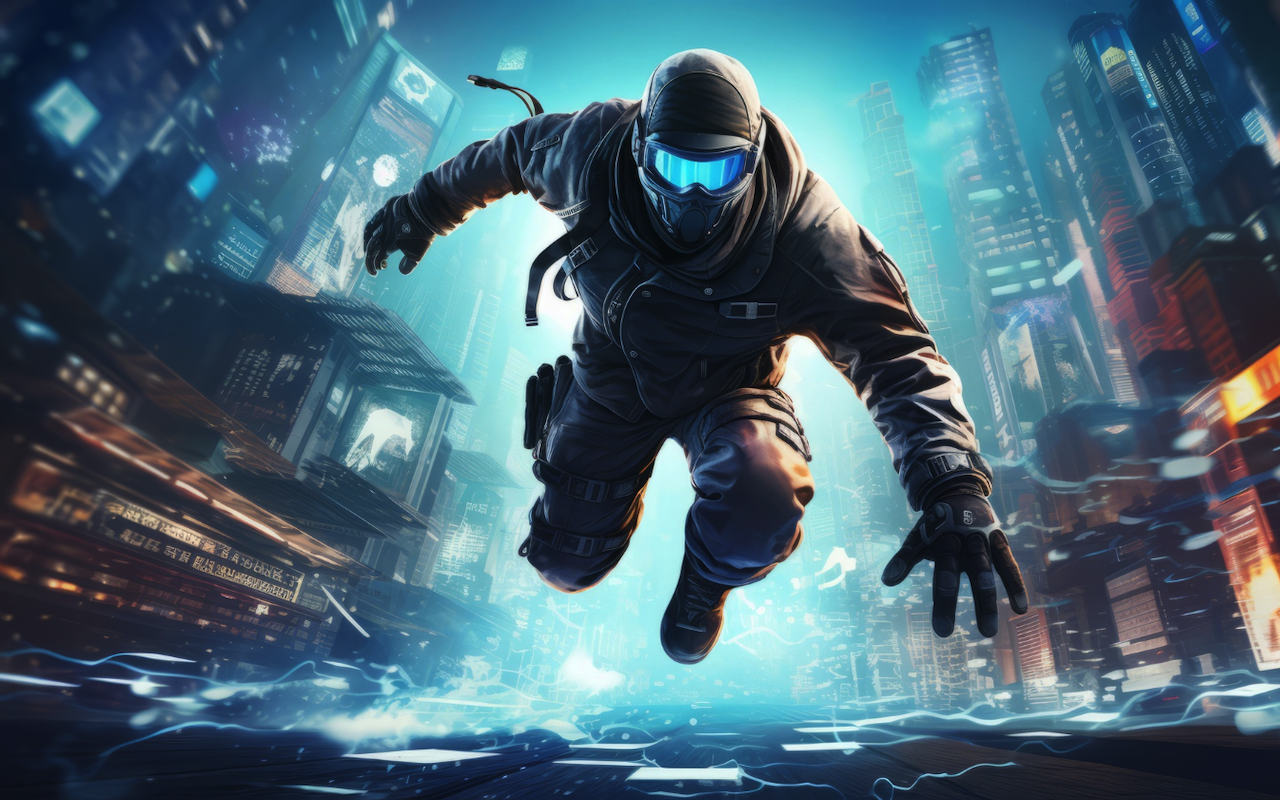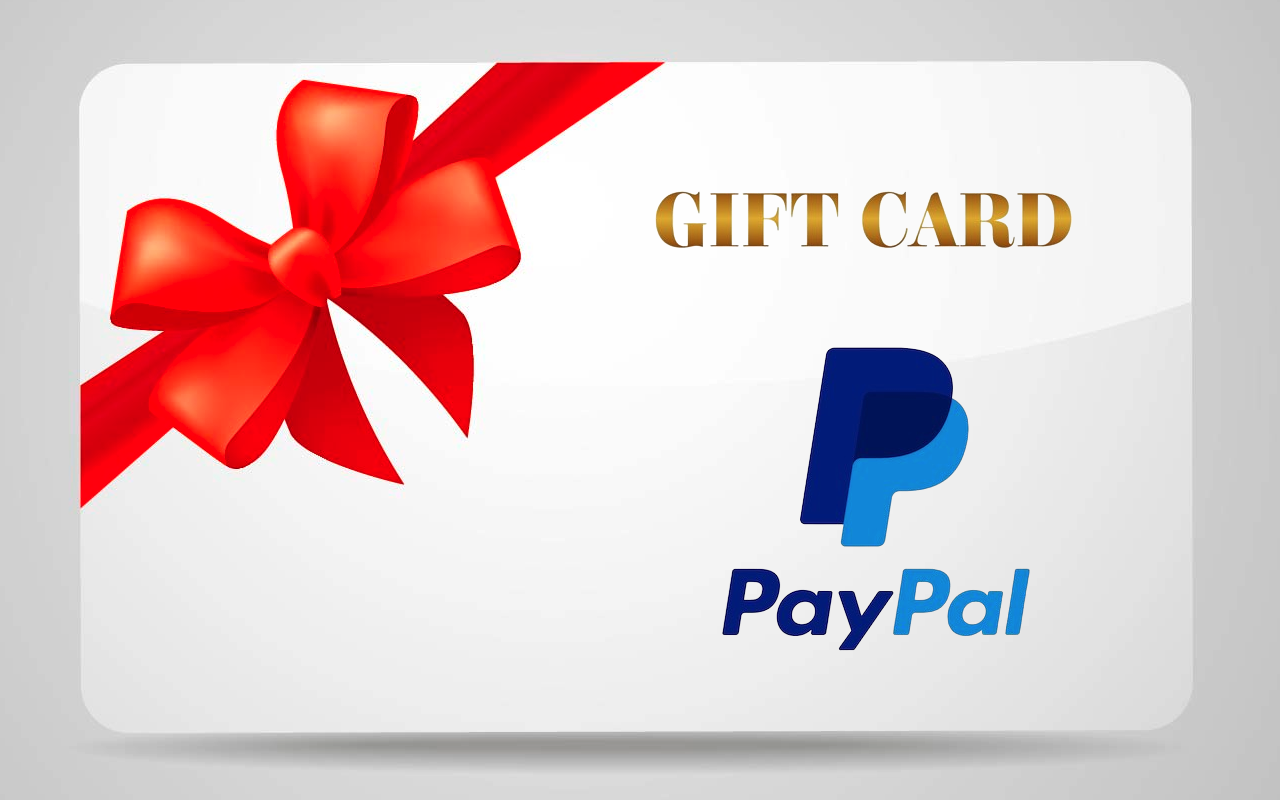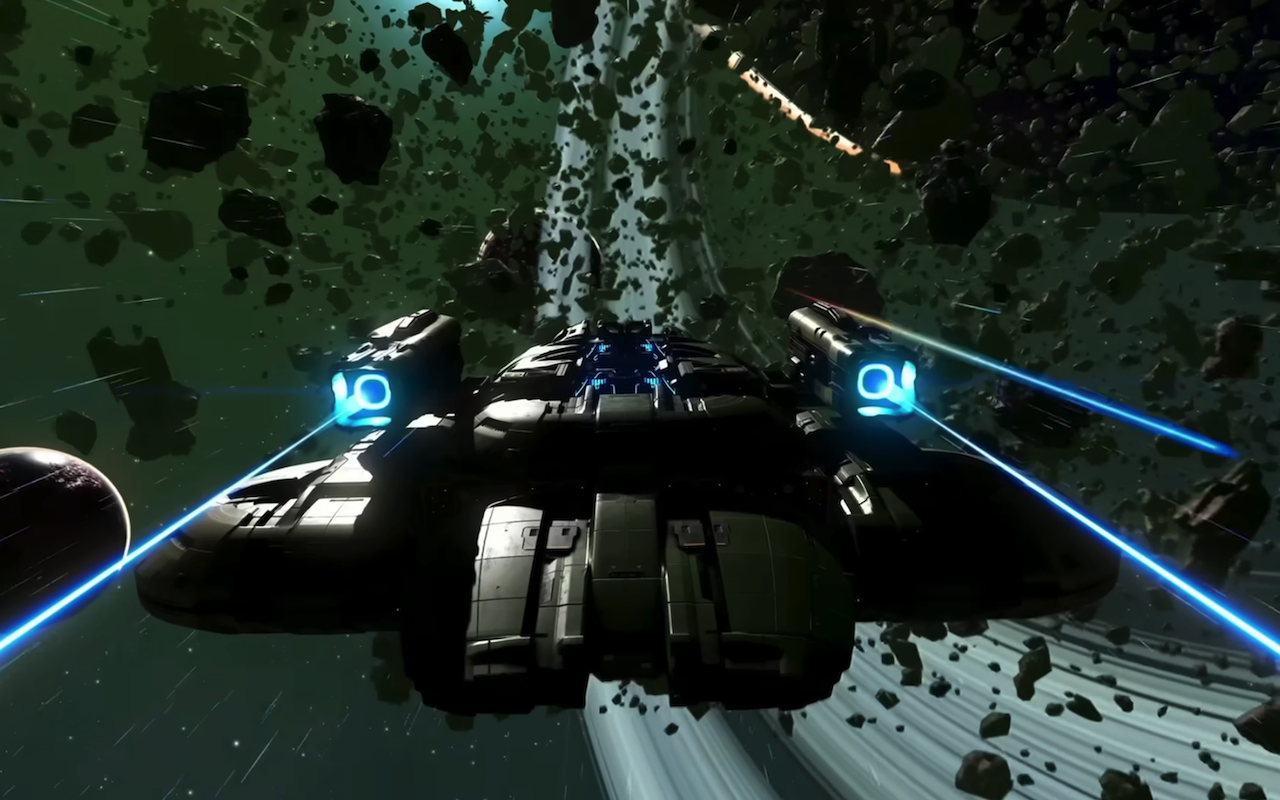
Fortnite isn’t just a game — it’s a phenomenon. Millions drop onto the island every day, chase loot, build towers in seconds, and dance over their defeated enemies. But beneath all the memes, flashy skins, and chaotic fun lies something deeper — a powerful psychological loop that keeps players coming back for “just one more match.”
That loop? It’s all about dopamine — the brain’s favorite feel-good chemical.
The Dopamine Blueprint: Why You Can’t Stop Playing
When you pull off a clutch headshot, open a rare chest, or earn that sweet Victory Royale, your brain gives you a chemical reward: a burst of dopamine. It’s the same neurochemical that makes scrolling TikTok or eating pizza so satisfying.
Fortnite, however, has turned this into an art form. Every sound cue, light flash, and victory screen is engineered to feed your dopamine receptors — creating an endless cycle of anticipation and reward.
And because the game constantly updates with new items, seasons, and events, the novelty never stops. That’s why players often invest in Vanilla gift cards to grab new skins, emotes, or Battle Passes — tiny rewards that feed directly into the game’s ever-evolving dopamine loop.
The Psychology of the Drop
The first few seconds of a Fortnite match — the jump from the Battle Bus — is pure adrenaline. You don’t know what’s waiting below: a gold weapon or instant elimination. That unpredictability triggers what psychologists call “variable reward schedules.”
In simple terms:
- You don’t get a reward every time you play.
- The unpredictability of when you’ll win makes you want it more.
It’s the same principle that makes slot machines addictive. Every chest opened or enemy defeated might be the one that gives you the next dopamine hit.
The Victory Royale High
Nothing compares to that blue “#1 Victory Royale” banner. It’s the gaming equivalent of winning the lottery — but on a smaller, faster scale.
That rush of success is what neuroscientists call a dopamine spike. It reinforces every step that led to the win: your building, aiming, and strategy. Your brain then screams, “Do that again!” — so you queue up for another match.
Why It Feels So Good
- Achievement: You beat 99 other players.
- Validation: Your skills paid off.
- Social recognition: Your friends (and followers) saw it happen.
That combination makes Fortnite victories feel earned but never guaranteed — the perfect setup for dopamine-driven motivation.
Skins, Sounds, and the Subtle Science of Reward
Fortnite isn’t just about gameplay — it’s about identity. Each new skin or emote is a statement, and Epic Games knows how to make players want that next cosmetic fix.
The reward system works like this:
- Visual triggers: Bright colors and flashy animations grab your attention.
- Auditory cues: The satisfying “ding” when you level up reinforces progress.
- Limited-time offers: Fear of missing out (FOMO) adds urgency to buy or play more.
It’s not manipulation — it’s marketing backed by neuroscience. The more players feel rewarded, the more they engage, spend, and stay loyal to the Fortnite ecosystem.
When Fun Becomes a Feedback Loop
The magic of Fortnite lies in its balance. The dopamine hits are constant, but the challenge keeps them meaningful. However, the line between excitement and compulsion can blur.
Players who recognize the pattern — the reward, anticipation, and repetition — can take control of their playtime rather than letting it control them.
That’s the key difference between playing for fun and playing for the hit.
The Future of Fortnite’s Psychology
Epic Games continues to refine its formula, adding features like creative modes, social hubs, and limited-time collaborations. Each update refreshes the dopamine cycle — offering new goals and rewards to chase.
Whether it’s chasing crowns, unlocking new outfits, or just hanging out with friends, Fortnite keeps itself emotionally sticky — a masterclass in blending design with psychology.
Understanding the Buzz
Fortnite isn’t just addictive because it’s fun — it’s addictive because it’s scientifically rewarding. Every sound, sight, and challenge is designed to keep your brain craving that next dopamine hit.
But the best part? When managed right, that craving translates to motivation — to improve, win, and express yourself.
So next time you’re tempted to drop in again after a late-night loss, just remember: your brain is wired to want that feeling. And if you’re looking to grab some V-Bucks or a Battle Pass to keep things fresh, Eneba digital marketplace makes it easy to grab Vanilla gift cards safely and conveniently — fueling your Fortnite fun without breaking the loop.
Disclaimer:
This article is for informational and educational purposes only. It discusses the psychological aspects of gaming and the neuroscience of reward systems in general terms. It is not intended to diagnose, treat, or provide medical or psychological advice. Readers experiencing gaming-related stress or compulsive behavior should seek guidance from a qualified mental health professional. References to external services or digital marketplaces, including Eneba or Fortnite, are provided solely for context. We are not affiliated with or responsible for third-party platforms, brands, or external links mentioned in this article.
Featured Image by Freepik.




Comments (0)
No comment